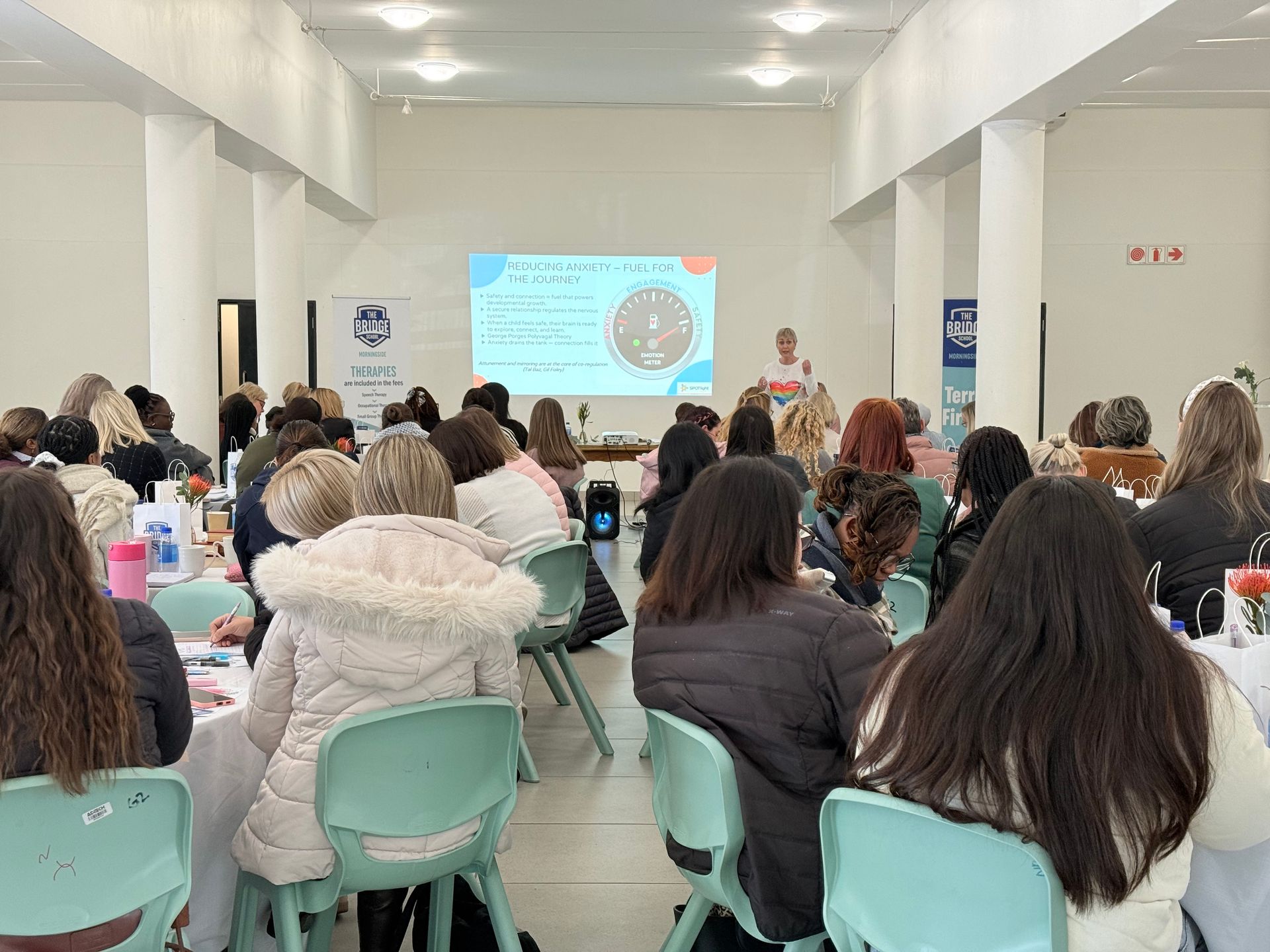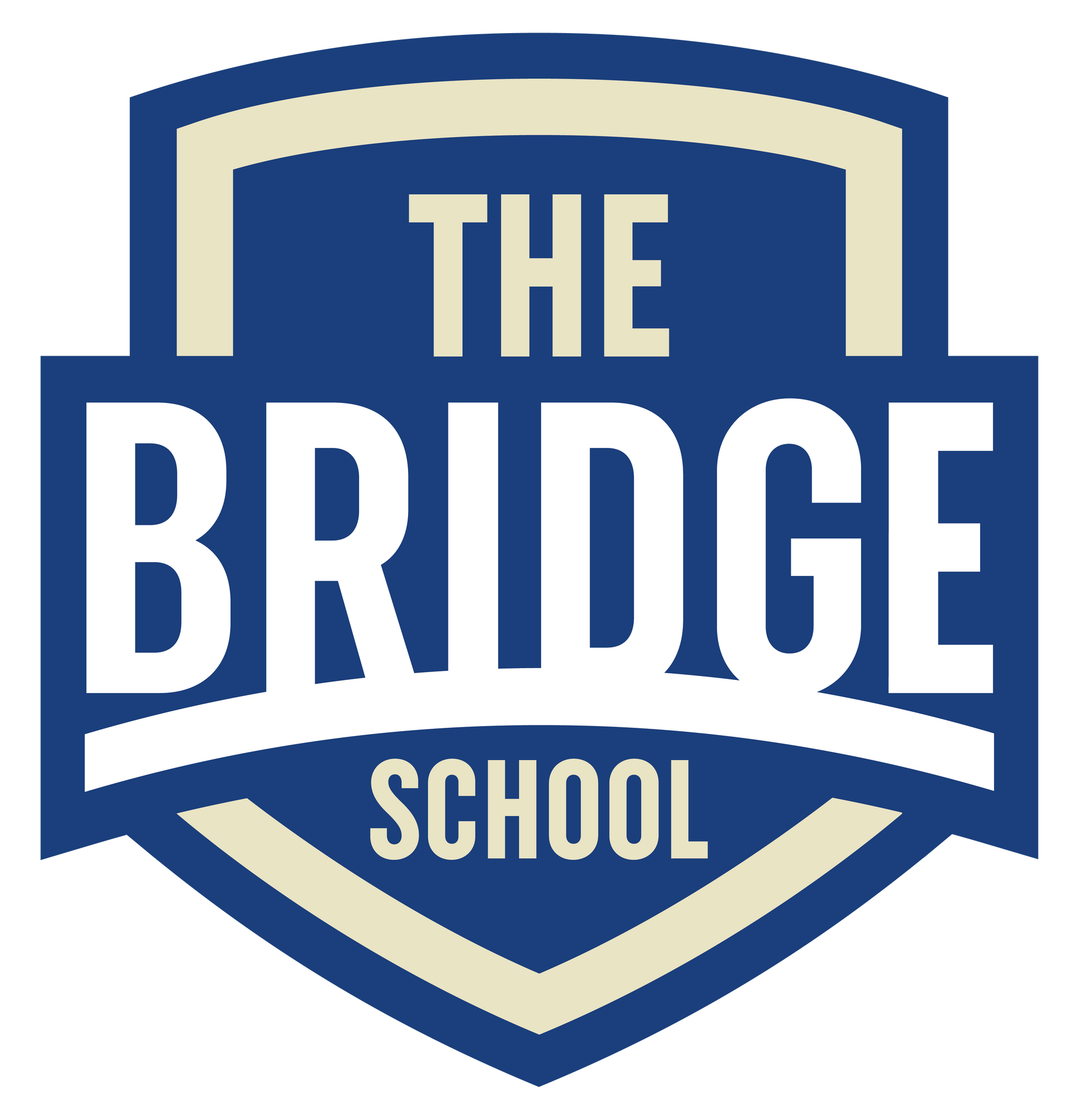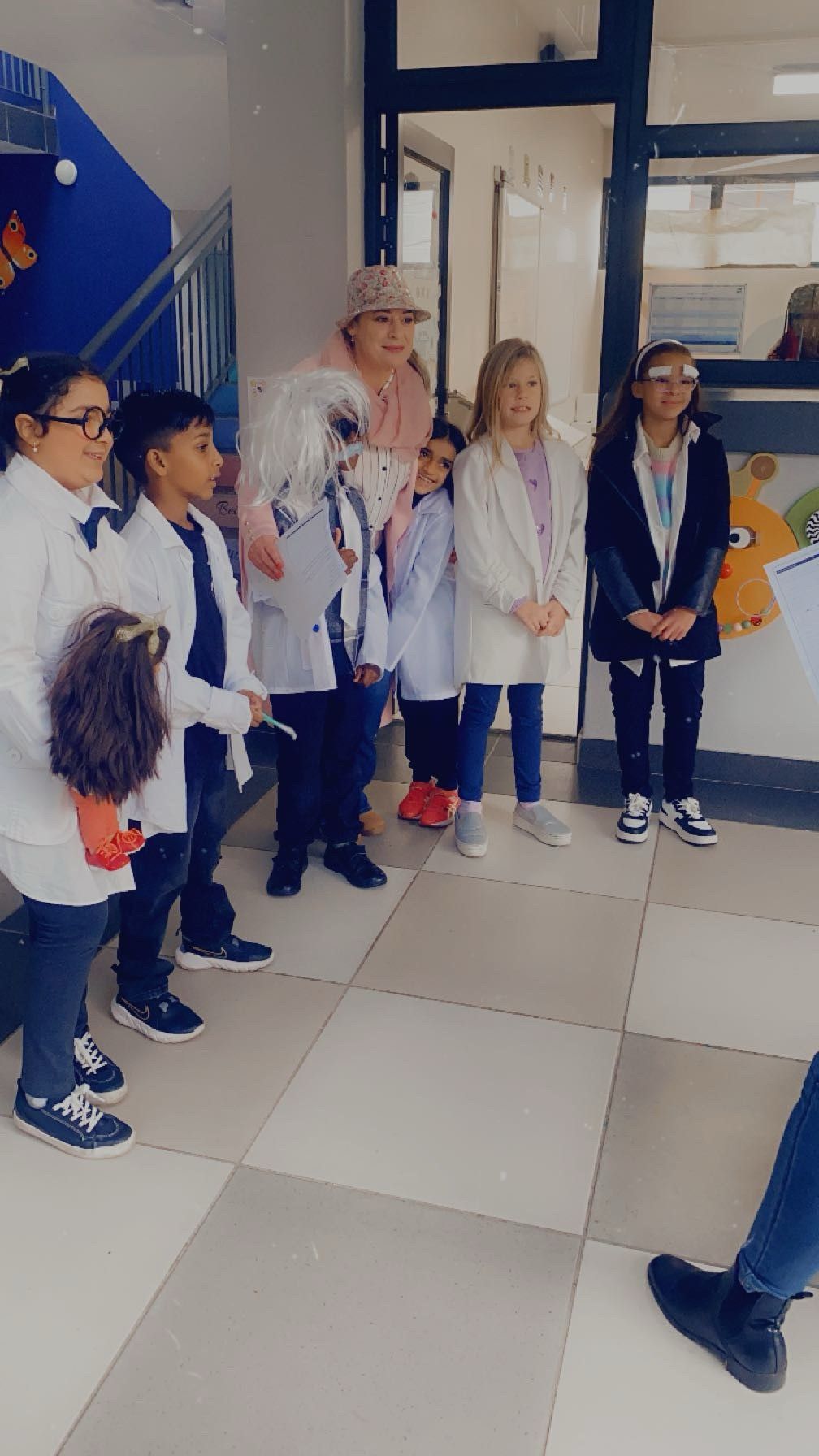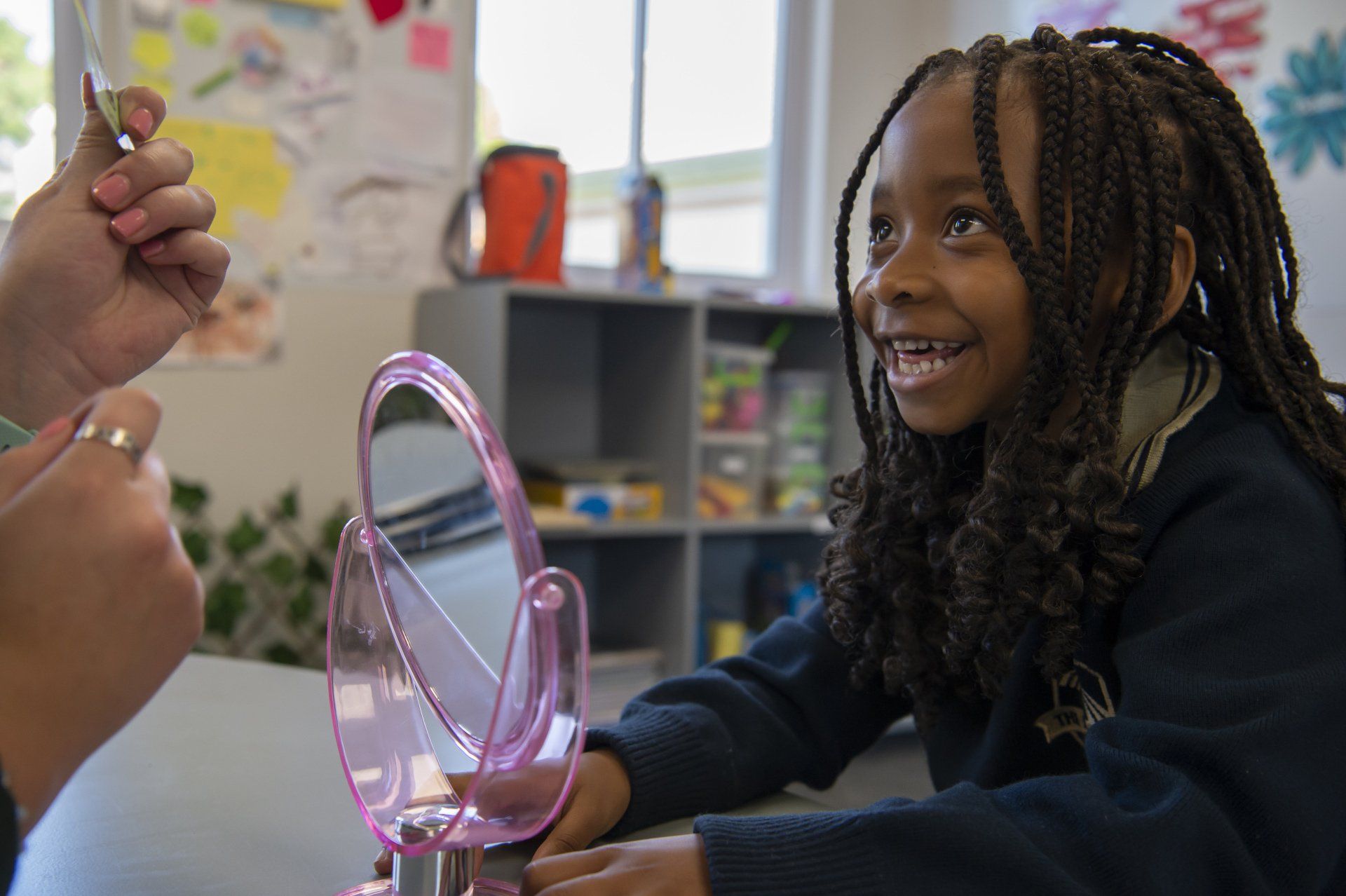Dissecting Dyspraxia
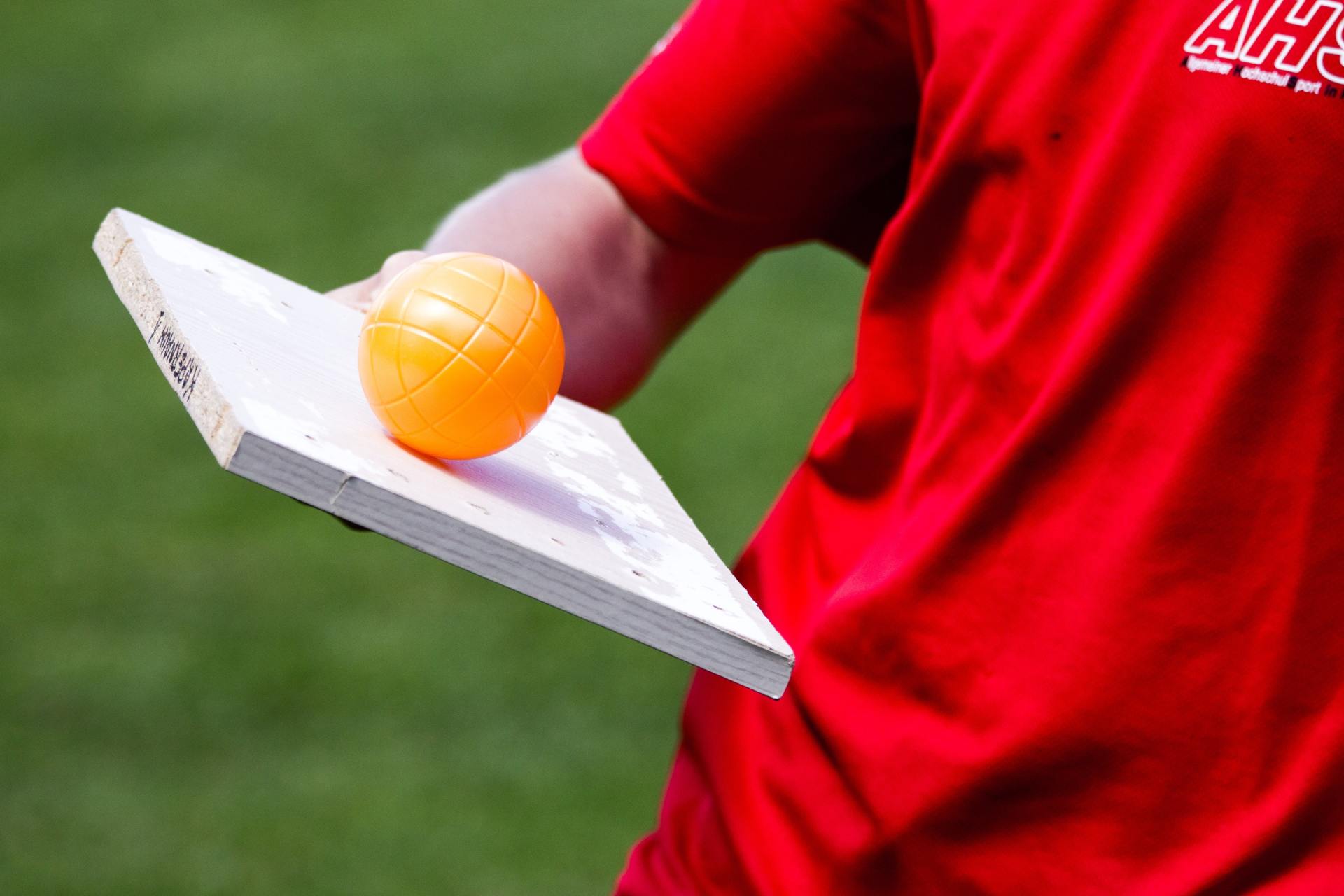
Dyspraxia is a disability that is believed to affect 2 – 10% of the population. According to About Learning Disabilities UK, this disability can be defined as “a development disability of organisation of movement. It is caused by an immaturity of the brain resulting in messages not being properly transmitted to the body.” In laymen’s terms, dyspraxia affects motor planning. Before looking further at how this happens, let’s first look at what motor planning is.
Motor planning is the ability to conceive, plan and carry out a skilled, non-habitual motor act in the correct sequence from beginning to end…. The child with motor planning difficulties may be slow in carrying out verbal instructions and often appears clumsy in new tasks.
For motor planning to be effective, all sensory systems of the body need to be working correctly. With dyspraxia, the messages that are being sent from the brain are not being reliably transmitted to the rest of the body. Dyspraxia does not change intelligence, but it does change how the child learns.
Children with dyspraxia are seen to be clumsy, accident prone and extremely messy. They will take time and repetition to master a new skill. Dyspraxia can hinder thought processes and these children will often experience difficulty with planning and personal organization. Time management concerns arise, as well as difficulties in memory, perception and processing. Some other issues that arise are poor co-ordination, immature speech, poor attention and social and emotional difficulties. Self-belief and confidence are affected, and the child often experiences anxiety and stress.
In order to help a child with dyspraxia, it is imperative that the teacher, school and parents work together in order to best facilitate the child to reach his or her full potential. Regular meetings must be held between teacher and parents in order to ensure that the child is receiving all the support needed and achieving the goals that he / she is capable of.
As a teacher and in order to obtain optimal performance, it is imperative that the child’s confidence is developed. Always motivate the child and focus on what they can do. Goals must be within the child’s reach.
The following steps can be taken in order to further benefit the child:
• Verbal instructions are to be given slowly and are to be kept short and simple. Ideally, only one instruction should be given at a time.
• Minimalise distractions for the child.
• The child should be placed close to the front of the class.
• When setting work, this child requires work of a shorter length, that he / she will be able to complete in the allocated time, thus feeling the success of completing a task. This can be done by creating worksheets for the child which require minimal handwriting (e.g. fill in the missing word)
• Work that needs to be written can be printed out for the learner beforehand, giving the child time to focus on the actual work, rather than the pressure of copying it down.
• In order to help with handwriting, it is suggested that the child is given books with larger lines to accommodate for writing, as well as larger quad paper, to facilitate mathematics.
• During examinations, this child will require certain concessions, such as additional time, rest periods, a reader, and perhaps amanuensis.
• Homework can be scribed by parents in order to take pressure off of the child.
The optimal learning environment for a child with dyspraxia would be a one-on-one learning environment, but with the correct support and intervention, will thrive in a small, nurturing environment where he/she can reach his / her potential, as well as helping him/her with social skills and development.
Written by Linda Langefeld
